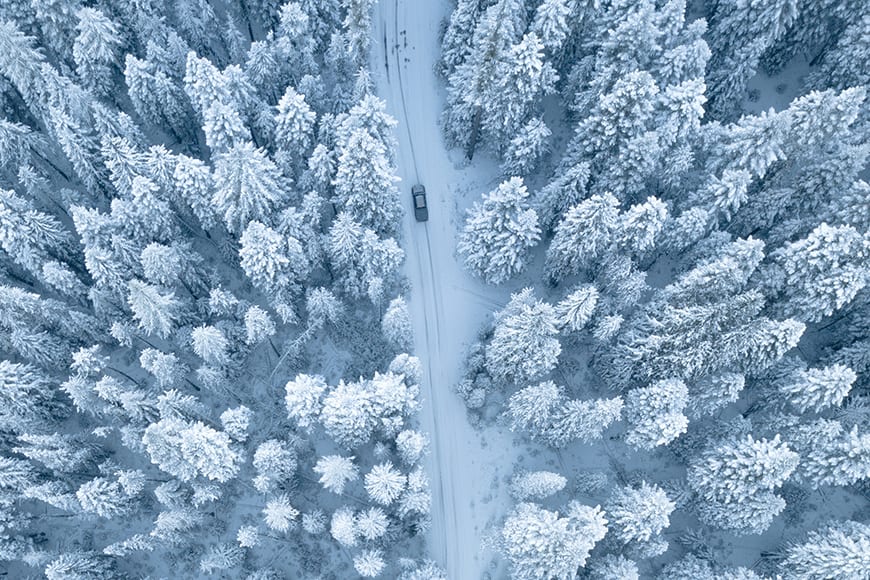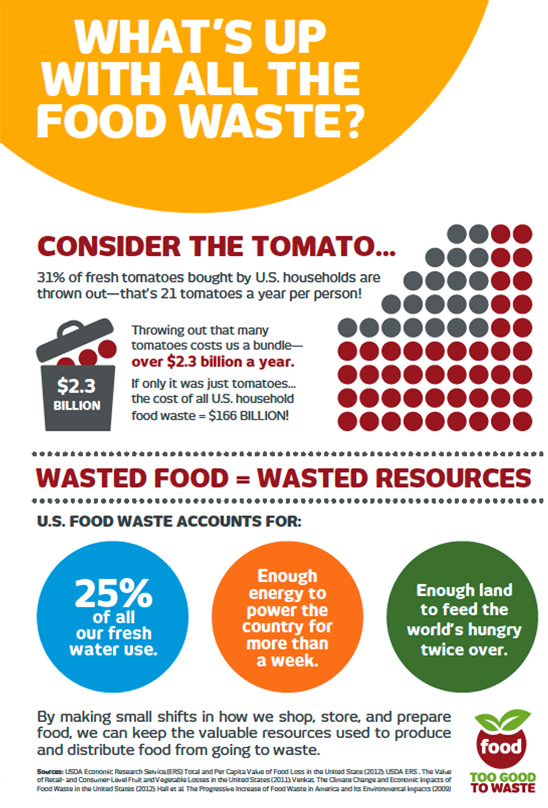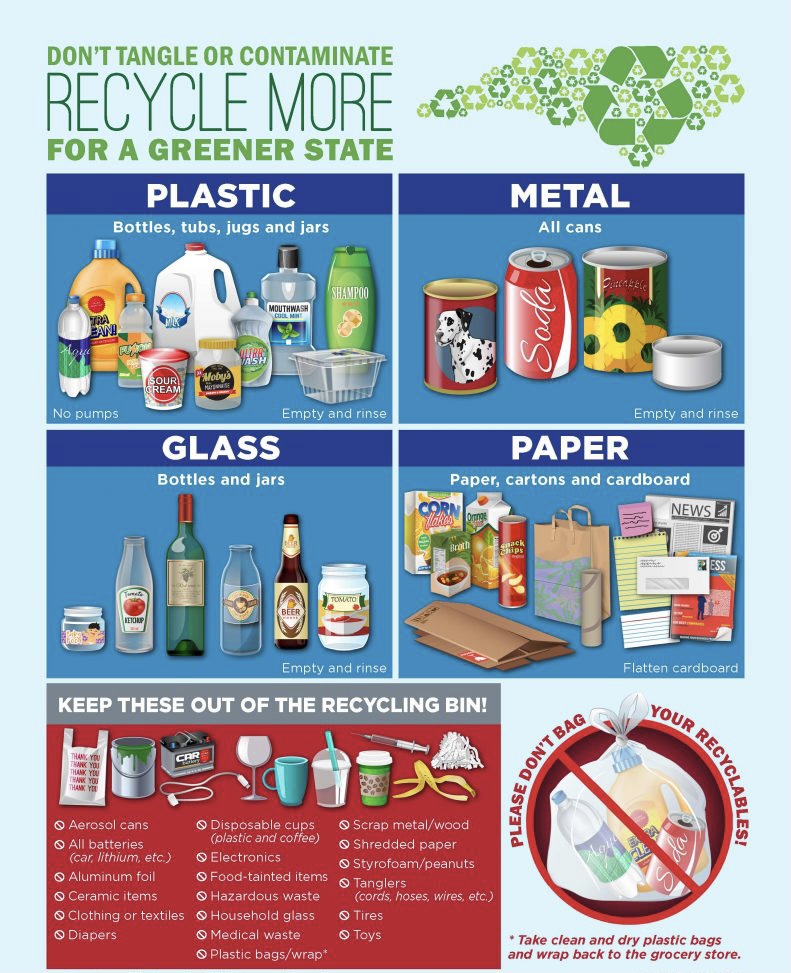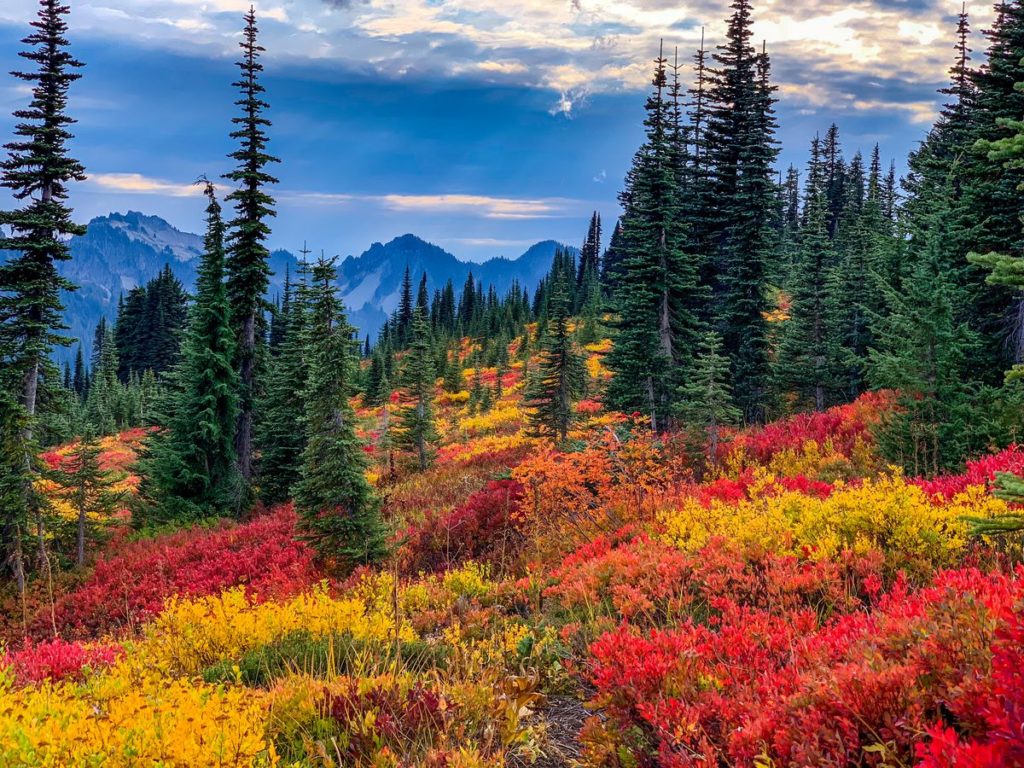
Are you a current student with ideas on how to make EvCC more sustainable? The EvCC Student Green Fee has funds available and will be accepting student proposals Jan 1st through Jan 31st 2022. Submit yours to be a part of making EvCC a more sustainable place! For details and instructions or to learn about previously funded projects Click Here In order to submit a proposal, please follow these instructions: First, download and save both the budget proposal form, as well as the SMARTS worksheet.Second, fill out the documents, saving them under the following format: ProjectPropsalName.Date.GreenFeeBPF and ProjectProposalName.Date.GreenFeeSMARTS (ex. SolarPanels.1-10-2020.GreenFeeBPF and SolarPanels.1-10-2020.GreenFeeSMARTS). Finally, email completed documents to sustainability@everettcc.edu. Green Fee Project Examples Many other colleges and universities in the Pacific Northwest (and nationwide) have taken to student fees to fund their sustainability and environmental goals. Here are some examples of projects they funded through these types of fees. Below are examples of projects that have been undertaken on other campuses, or potential project ideas generated by students for our campus .Bike Rentals Bicycling is one of the most efficient modes of sustainable transportation in urban and suburban areas. Its a healthy and sustainable way to get around, and allowing students to rent bicycles has several benefits. Now with our two student housing buildings, a program like this just makes sense for our campus! Climate Action Plan The climate action plan will build on our past progress and use the campus to confront the difficult questions posed by climate change and test promising new solutions that move the college, and the world, away from fossil fuels. It also helps students to understand and address the impacts of the climate crisis, empowering them wit the knowledge, skills, values and attitudes needed to act as agents of change. The international community recognizes the importance of education and training to address climate change. Eco-Scholarships Some colleges have used the funds from their sustainability fees to offer mini-scholarships to STEM students, specifically those studying environmental sciences or engineering. ADA Compliance and Improvements Some colleges have invested in improving their accessibility standards for individuals with short and long-term disabilities. Sustainability isn’t just about protecting the environment, it also incorporates principles of social justice and equity, and one way to promote these principles is by removing barriers that may make it challenging for specific groups of people to achieve educational success. Water Bottle Fill Stations Did you know that in the United States alone, we go through enough disposable water bottles in one week to stretch around the globe two times. That’s a lot of plastic that ends up in landfills, estuaries and oceans. Though we already have a few water bottle fill stations, most buildings on campus still need to be retrofitted so we can continue to reduce our campuses reliance on disposable water bottles .To learn more about Project ExamplesClick here: https://www.everettcc.edu/administration/college-services/facilities/sustainability/evcc-green-fee/project-examples |

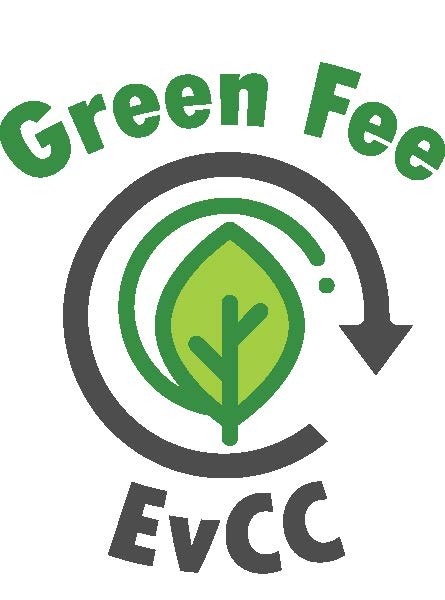
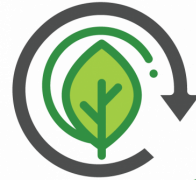
 With snow and ice piling up, you may be tempted to turn to harsh road salt and other chemicals to combat slippery surfaces.You’re not alone—but before you head to the hardware store, consider these green alternatives (the Earth and your pets will thank you).Driveways and walkways
With snow and ice piling up, you may be tempted to turn to harsh road salt and other chemicals to combat slippery surfaces.You’re not alone—but before you head to the hardware store, consider these green alternatives (the Earth and your pets will thank you).Driveways and walkways